Beskin V., et al. (eds.)
Table of contents :
Lecturers ……Page 1
Title……Page 2
Preface (the end of)……Page 3
Contents ……Page 4
Course 1. Accretion and Ejection-Related MHD by J. Heyvaerts ……Page 15
1 Introduction ……Page 18
2.2 Conservation equations in general ……Page 19
2.4 Conservation of momentum ……Page 20
2.5 Conservation of energy ……Page 21
3 Non relativistic MHD ……Page 23
З.1 Non relativistic MHD equations ……Page 24
3.2 Incompressible limit and Navier-Stokes equation ……Page 25
3.4 Alfven speed ……Page 26
4.1 Four-vectors and tensors in minkowskian space ……Page 27
4.2 Equations of scecial relativistic MHD ……Page 29
5.1 General properties of magneto hydrostatic equilibria ……Page 31
5.2 Axisymmetric MHD equilibria and Grad Shafranoff equation ……Page 32
6.1 The perfect MUD limit ……Page 34
6.2 Consequences and limits of the field freezing theorems ……Page 37
6.3 Field diffusion versus field advection ……Page 38
6.4 A simple model of joint advection and diffusion ……Page 39
6.5 Reconnection flows ……Page 41
7 The dynamo problem ……Page 45
7.1 Antidynamo theorems ……Page 46
7.2 Kinematic turbulent dynamos ……Page 47
8.1 MHD Couette floW ……Page 49
8.2 Isotropic HD wind ……Page 50
9.1 Ferraro’s isorotation law ……Page 54
9.3 Conservation of specific angular momentum ……Page 56
9.5 Conservation of specific energy ……Page 57
9.7 Bernoulli dynamics alone ……Page 59
9.8 The Bernoulli-Transfield system ……Page 60
9.9 Alfven regularity condition ……Page 61
9.10 Ellipticity or hyperbolicity of the Bernoulli-Transfield system ……Page 62
9.11 An analysis of forces in axisymmetric MHD winds and jets ……Page 63
10.1 General results on the asymptotics of polytropic winds ……Page 65
10.2 Asymptotic transfield equation ……Page 66
10.3 Electric circuit in the asymptotic domain ……Page 68
10.4 Construction of explicit aaymptotic solutions ……Page 70
11.1 Linearized dynamical equations for small motions ……Page 73
11.2 Reduction to an equation for the Lagrangean displacement ……Page 74
11.3 Dispersion relation for MHD modes in an homogeneous medium ……Page 76
12.1 Perfect MHD potential energy ……Page 77
12.2 Change of potential energy and operator of small motions ……Page 78
12.3 Normal modes and potential energy ……Page 79
13.1 Stability of a stratified compressible gas ……Page 80
13.2 Interchange instability of confined plasma ……Page 81
13.3 Kink instability ……Page 84
14.1 Stability of the inviscid hydrodynamical Couette flow ……Page 87
14.2 Magnetorotational instability ……Page 90
Course 2. 2D Transonic Hydrodynamics in General Relativity by V. Beskin ……Page 96
1 Introduction ……Page 98
2 Ideal hydrodynamics – some fundamental results ……Page 99
3.1 Basic equations ……Page 108
3.2 The stream equation ……Page 110
3.3 Examples ……Page 114
4.1 Basic equations ……Page 124
4.2 Examples ……Page 131
5 Conclusion ……Page 144
A From Euler to Grad-Shafranov – the simplest way ……Page 145
Course 3. Physics Fundamentals of Luminous Accretion Disks Around Black Holes by O.M. Biaes ……Page 148
1 Introduction ……Page 150
2 Shakura-Sunyaev based models ……Page 152
3 Spectral formation ……Page 158
4 The physics of angular momentum transport ……Page 168
5 The role of radiation magnetohydrodynamics ……Page 184
6 Conclusions ……Page 190
A The equations of radiation magnetohydrodynamics ……Page 191
Course 4. Accretion-Ejection Models of Astrophysical Jets by R.E. Pudhtz ……Page 198
1 Introduction ……Page 200
2.1 Molecular outflows and jets in YSOs ……Page 201
2.2 YSO accretion disks: Links to jets ……Page 206
2.3 Magnetic fields: From molecular clouds to disks around YSOs ……Page 207
2.4 The role of jets and accretion disks in star formation ……Page 208
2.5 Retativistic systems: Microquasars, quasars and X-ray pulsars ……Page 209
2.6 Magnetized accretion disks: General physical processes ……Page 211
3.1 Axiayminctric hydromagnetic winds: Conservation laws ……Page 213
3.2 МНD wind torques on disks: Jets аs the mechanical manifestation of accretion power ……Page 217
3.3 Force-balance in jets: the mechanism of jet collimation ……Page 219
3.4 Accretion ejection structures ……Page 222
3.5 Disk – magnetosphere coupling ……Page 225
4.1 2D simulations: Jets from stationary Keplerian disks ……Page 226
4.2 3D simulations: Self-regulatory stability of jets ……Page 234
4.3 Global simulations of accretion-ejection structures ……Page 237
5 Conclusion ……Page 238
Section II: High energy astrophysics……Page 242
Course 5. Ultra High Energy Cosmic Rays by V. Berezinsky ……Page 244
1 Introduction ……Page 246
2.1 Extragalactic acceleration sources ……Page 248
2.2 Energy losses and propagation ……Page 250
2.3 Uniform distribution of UHECR sources and GZK cutoff ……Page 252
2.4 The astrophysical AGN model for UHECR ……Page 254
4 Conclusions ……Page 258
Course 6. Gamma-Ray Bursts by F. Daigne ……Page 262
1 Introduction ……Page 264
2.1 Prompt emission ……Page 266
2.2 Afterglow ……Page 273
3.1 Distance scale ……Page 282
3.2 Compact source – relativistic motion ……Page 283
3.3 Fireballs ……Page 285
3.4 A three step scenario ……Page 290
4 Afterglow ……Page 291
4.1 The external shock ……Page 292
4.2 Radiative processes ……Page 294
4.3 Additional effects ……Page 296
5.1 Internal shocks ……Page 301
5.2 Reverse shock ……Page 310
5.3 Results ……Page 313
5.4 Photosphere ……Page 314
6 Central engine ……Page 316
6.1 Mergers ……Page 317
6.3 MHD winds? ……Page 318
7.2 Higb energy neutrinos ……Page 319
8 Conclusions ……Page 320
Course 7. Cosmic Rays and Particle Acceleration at Astrophysical Shocks by A. Achterberg ……Page 324
1 The birth of cosmic ray physics ……Page 326
2 Radio astronomy, magnetic fields and synchrotron radiation ……Page 328
3 Cosmic ray origin theories ……Page 330
4 Astrophysical particle acceleration ……Page 331
4.1 Shocks as accelerators ……Page 332
5 Basic principles of diffusive shock acceleration ……Page 334
6 Diffusion and acceleration time ……Page 342
7 The Box Model for shock acceleration ……Page 347
7.1 Maximum energy ……Page 350
7.2 Bohm diffusion ……Page 351
8.1 The question of injection ……Page 354
8.2 Stability: Precursor and shock stability ……Page 356
9 Inclination angle dependence and quasi-perpendicular shocks ……Page 357
9.1 Superluminal shocks ……Page 358
10 Relativistic shocks ……Page 360
11 Ultra-relativistic shocks ……Page 364
11.1 The case of upstream deflection ……Page 365
11.2 The case of upstream Mattering ……Page 369
11.3 Initial boost ……Page 372
11.4.1 Upstream residence time ……Page 374
11.4.2 Downstream residence time ……Page 376
11.4.3 Maximum energy ……Page 378
12 Maximum energy: A cosmic conspiracy? ……Page 379
13 Gamma ray bursts and ultra-high-energy cosmic rays ……Page 384
13.1 Is there a connection between GRBs and UHECRs? ……Page 389
13.2 Acceleration by trans-relativistic waves/weak shocks ……Page 395
13.3 Acceleration of pulsar-wind material by the external shock ……Page 399
13.4 UHECR spectrum ……Page 402
13.5 Conclusion ……Page 405
Section III: Black holes and AGN’s ……Page 414
Course 8. The Black Hole Environments by M. Camenzind ……Page 416
1 Introduction ……Page 419
2.1 Aslrophysically important aspects of Black Holes ……Page 420
2.2 Classes of compart objects ……Page 421
2.5 Present status ……Page 425
3.1 Two aspects of the black hole paradigm ……Page 426
3.2 The Black Holes in nuclei of galaxies ……Page 429
3.3 The Fermion ball hypothesis ……Page 435
3.4 Messier 87 as a dead quasar ……Page 436
3.5 Cosmology for quasars ……Page 438
4 Gravity of compact objects ……Page 442
4.1 Relativistic gravity of rotating neutron stars ……Page 443
4.2 Rotating Black Holes ……Page 448
4.3 The source of gravity for Black Holes – or what is inside? ……Page 449
4.4 Particle motion in Kerr ……Page 450
4.5 The boundary layer around rotating Black Holes ……Page 452
4.6 The mass-formula for Black Holes ……Page 453
4.7 Spin evolution of Black Holes ……Page 455
4.8 Accretion beyond the innermost stable circular orbit ……Page 456
4.9 Magnetic energy production by rotating compact objects ……Page 463
4.10 Jets as collimated outflows from near the horizon ……Page 468
5 Conclusions and future prospects ……Page 469
Course 9. Accretion Around Active Galactic Nuclei by B. Czerny ……Page 472
1 Introduction ……Page 474
1.1 Short history of the subject ……Page 475
1.2 Recent observational developments ……Page 476
2 General overview of AGN ……Page 478
2.1 Spatial resolution ……Page 479
2.2 Broad band spectra ……Page 481
2.3 Models of the principal components ……Page 482
2.4 Spectral features ……Page 484
2.5 The basic model of accretion flow pattern in bright AGN ……Page 486
2.6 The accretion flow in faint sources ……Page 490
3 Recent progress in stationary models of bright radio quiet objects ……Page 491
3.1 Hot plasma cooling – modeling the “primary” continuum ……Page 493
3.3 Radiative transfer in X-ray irradiated medium in hydrostatic equilibrium ……Page 494
3.4 Electron conduction……Page 495
4.2 Time delays ……Page 496
4.3 Power spectra ……Page 497
4.4 Stationarity issue and new technics ……Page 498
Course 10. High Energy Emission of AGN by A. Celotti ……Page 502
1 Introduction ……Page 504
2 Basic properties ……Page 505
3 Radio-quiet AGN ……Page 507
4 Radio-loud AGN ……Page 510
4.2 The high energy component ……Page 511
4.3 Large scale jet emission ……Page 516
4.4 Jet properties ……Page 518
4.5 Cosmological backgrounds and intergalactic medium ……Page 519
5 Analogous systems? ……Page 520
6.1 Synchrotron emission ……Page 521
6.2 Inverse Compton emission ……Page 522
6.3 Pair production ……Page 524
6.4 Relativistic beaming ……Page 525
Section IV: Pre-main sequence objects ……Page 530
Course 11. Accretion Signatures in Young Stellar Objects by N. Calvet ……Page 532
2 YSO ……Page 534
3 Formation mechanisms ……Page 537
5 Magnetospheric accretion ……Page 538
5.1 Line formation in the magnetospheric flow ……Page 540
5.2 The accretion shock ……Page 542
6 Observations of disks in YSO ……Page 544
7 Accretion disks ……Page 545
8 FU Ori objects ……Page 546
9 Irradiated accretion disks ……Page 547
10 Effects of dust properties ……Page 551
11 SEDs of HAeBe ……Page 553
12 Winds as accretion diagnostics ……Page 554
13 Validity of the models ……Page 555
14 Summary ……Page 556
Course 12. Evolution of YSO Disks by L. Hartmann ……Page 560
1 Introduction ……Page 562
2 Viscous disk evolution ……Page 564
3 What is a (if any)? ……Page 571
4 Angular momentum loss by magnetically-coupled winds ……Page 574
5 Gravity ……Page 577
6 From protostars to T Tauri stars ……Page 579
7 Decay of T Tauri accretion ……Page 581
8 From T Tauri to debris disks ……Page 583
9 Gas dispersal ……Page 588
Course 13. X-Rays from YSOs: Desperately Seeking the Central Engine by T. Montmerle ……Page 594
1.1 Pre-main sequence evolution in a nutshell ……Page 596
1.3 The “solar paradigm” and the solar-stellar connection ……Page 598
2.1 X-ray emission at high latitudes ……Page 600
2.3 A new look a stellar dynamos ……Page 602
3 Starting the central engine: X-rays from protostars ……Page 603
4 Magnetic topology of YSOs: Confronting theory and observation ……Page 605
5 Conclusions ……Page 607
Section V: New instrumentation (absent)……Page 610
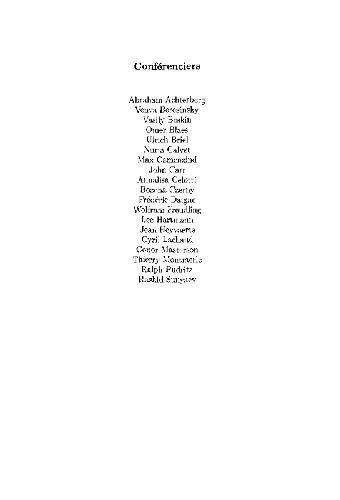
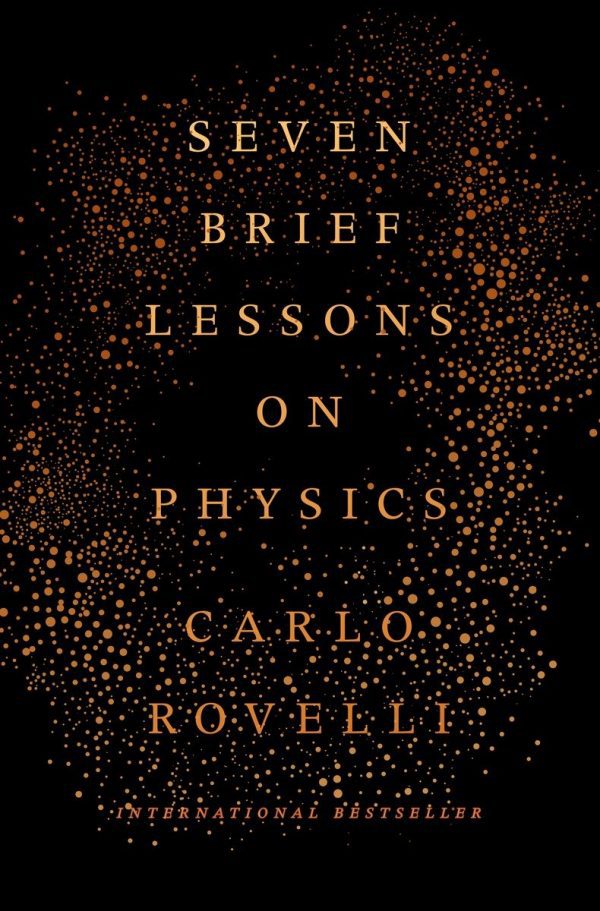
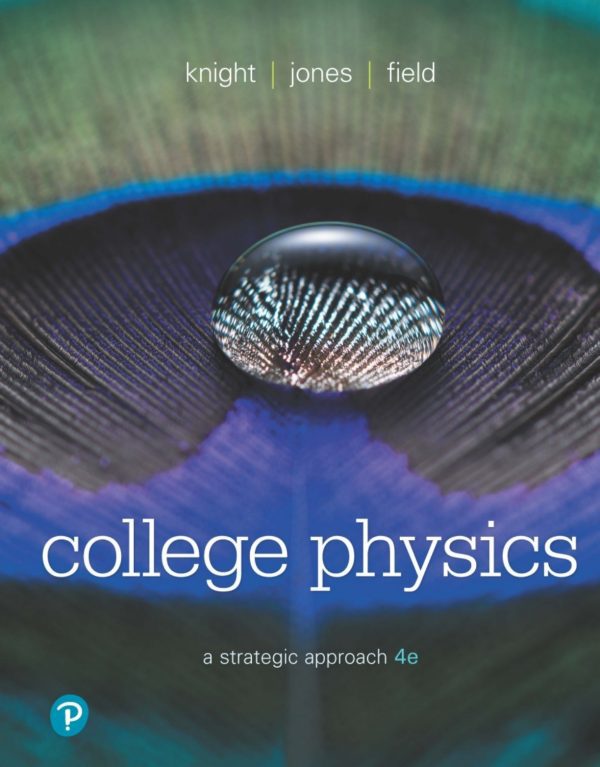
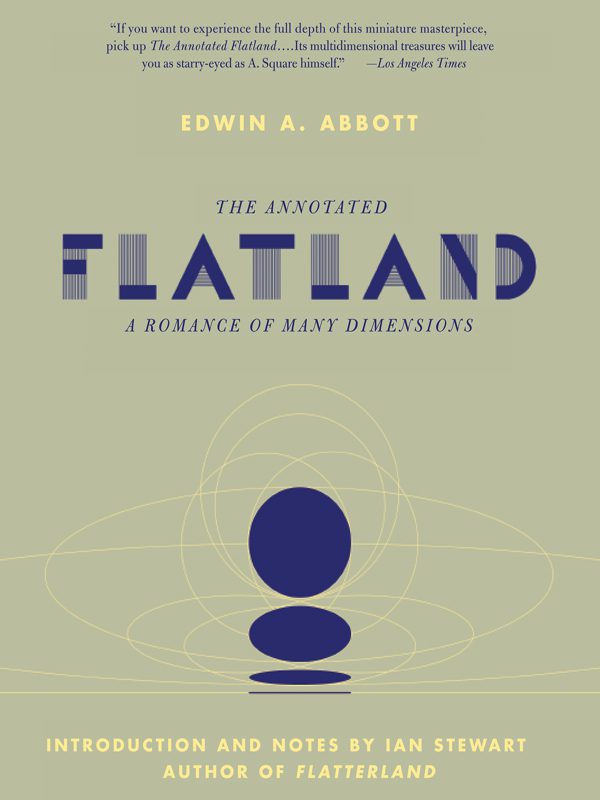
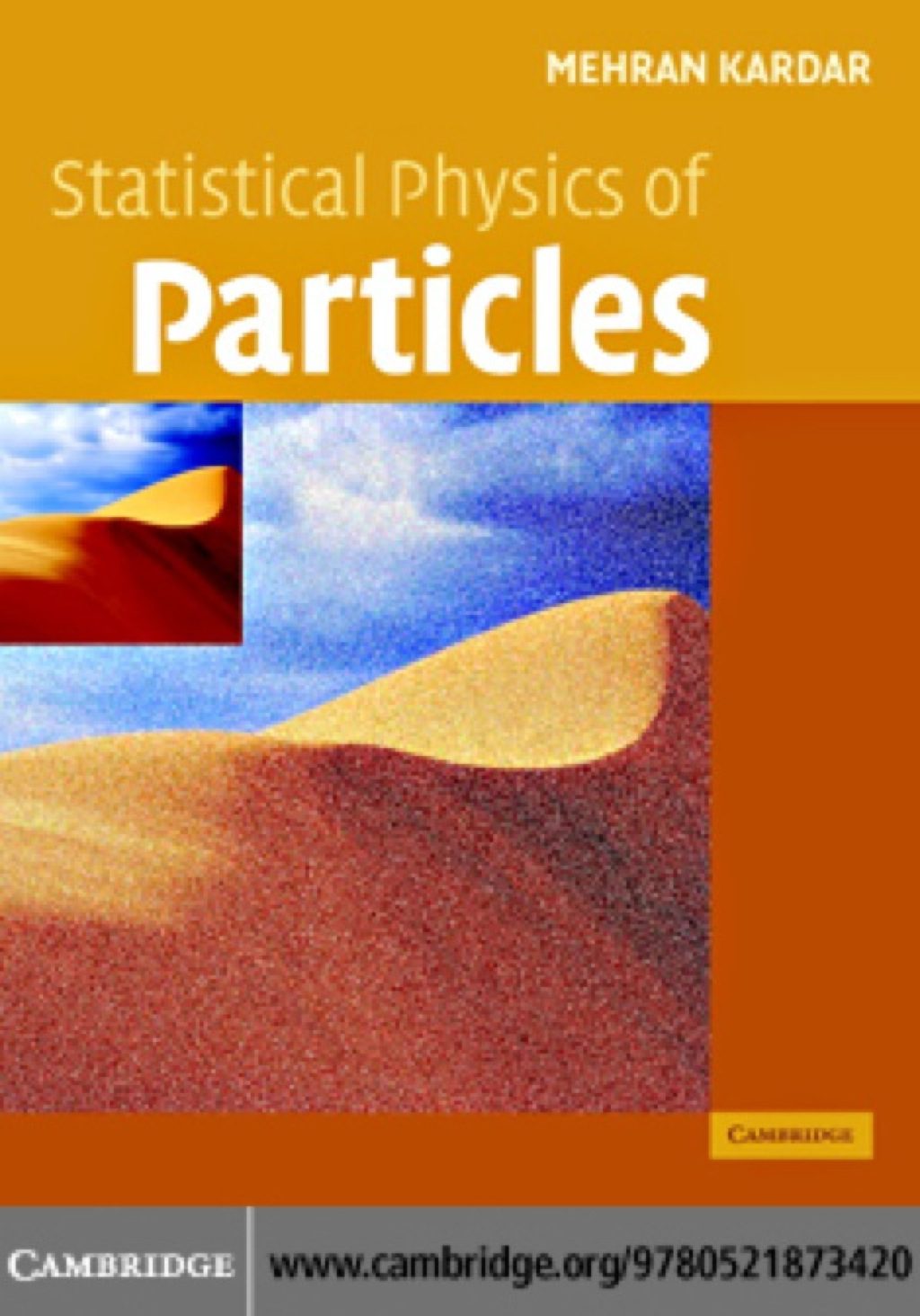
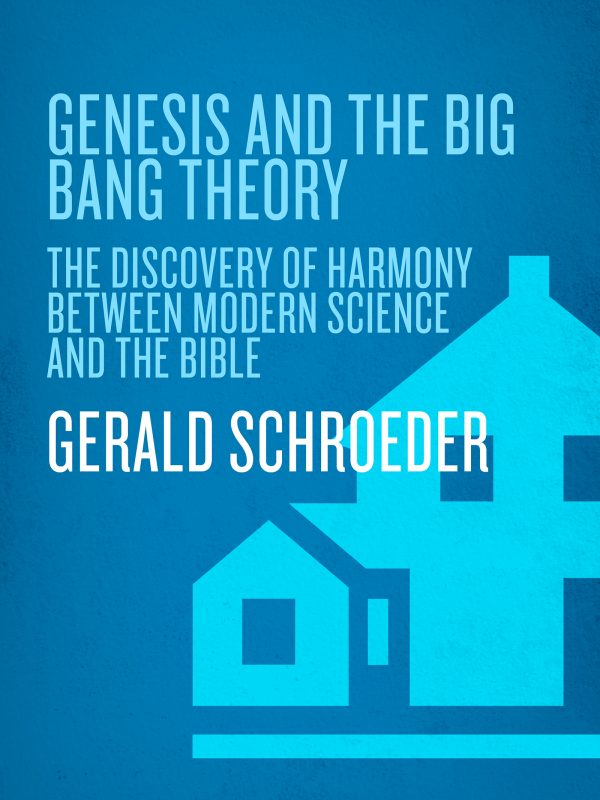
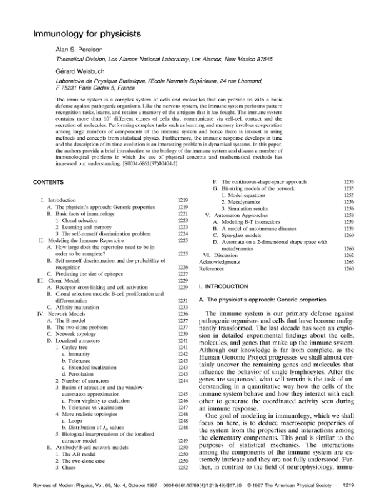
Reviews
There are no reviews yet.